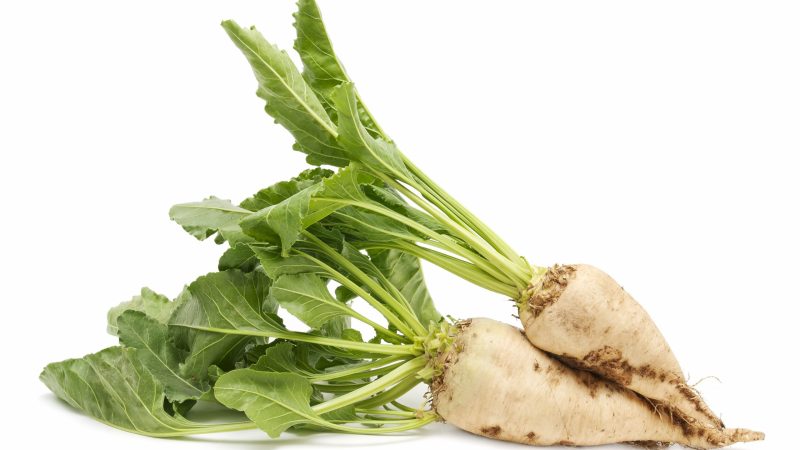Sustainability and use of renewable resources represent an important part of any production process with regard to circular economy and for the sake of our planet. With all the biomass available, utilization thereof offers a variety of applications. The European project CARBAFIN has developed a radically new value chain for the use of sucrose from sugar beet biomass. Specific enzymes convert sucrose into new compounds, such as functional glycosides or platform chemicals. These are relevant for different industry sectors, which are highlighted below.
CARBAFIN for cosmetics
There is an urgent need for novel cosmetic ingredients that are derived from more sustainable processes. For example, in the field of moisturizers the experts identified a clear demand. A compound called glucosylglycerol (GG) is a promising alternative as it stimulates cell renewal, has an anti-aging effect and reduces sunburns. The most suitable enzyme to produce GG is the “sucrose phosphorylase”. To make this enzymatic process as sustainable and efficient as possible, the project CARBAFIN comes into play: the experts engineered the process towards improved conversion yield and more efficient purification to reduce costs and time efforts, while increasing production quality standards.
Further, the group of cellodextrins are considered as appropriate ingredients which have an antioxidant effect. However, their application field in cosmetics is still at an early stage. The big advantage of cosmetic ingredients like these is also that they show a significant potential to replace microplastic as scrubbing agents.
CARBAFIN for food
Like cosmetics, also food ingredients should be sustainably produced and have a low carbon footprint. Chemical production processes need to be replaced. In the field of prebiotics, which have an antioxidant effect, GG and cellodextrins could play an important role as well. A big challenge of cellodextrin production in particular is the purity requirement for food industry. The CARBAFIN solution provides a significantly cheaper and cleaner technology by applying an enzymatic cascade approach. These enzymatically derived cellodextrins still require a detailed characterization and assessment of their suitability as prebiotics. But the experts expect a meaningful potential for different application fields in food, feed or also pharma industries.
CARBAFIN for bulk chemistry
An important side product of the enzymatic glycosylation technology from sucrose is fructose. This sugar compound in its pure form is of course relevant for food industry as well, but in the frame of the CARBAFIN production processes is evaluated as waste stream and valorization thereof. There are a variety of processes that require fructose as a substrate, being the production of 5’-HMF (5’-Hydroxymethylfurfural) one of them. 5’-HMF is a platform chemical that is used as building block for a broad variety of valued -added chemicals in packaging, wood, textiles or also food, feed and pharma. Currently, 5’-HMF producers purchase pure fructose for their feedstock supply. With respect to a circular economy, CARBAFIN intends to couple the fructose waste stream from CARBAFIN production processes to the 5’-HMF synthesis, which outcompetes food grade fructose as a cheaper raw material. The crucial point for a successful implementation is the effort for pre-treatment of the waste stream – a topic that is explored within CARBAFIN.
When thinking about the benefits of the CARBAFIN glycosylation technology and its suitability in different industry sectors, mentioned above, it can be concluded that it makes production processes greener and more ecological.
This project has received funding from the European Union’s Horizon 2020 research and innovation programme under grant agreement No 761030.
Picture Credits: Shutterstock
